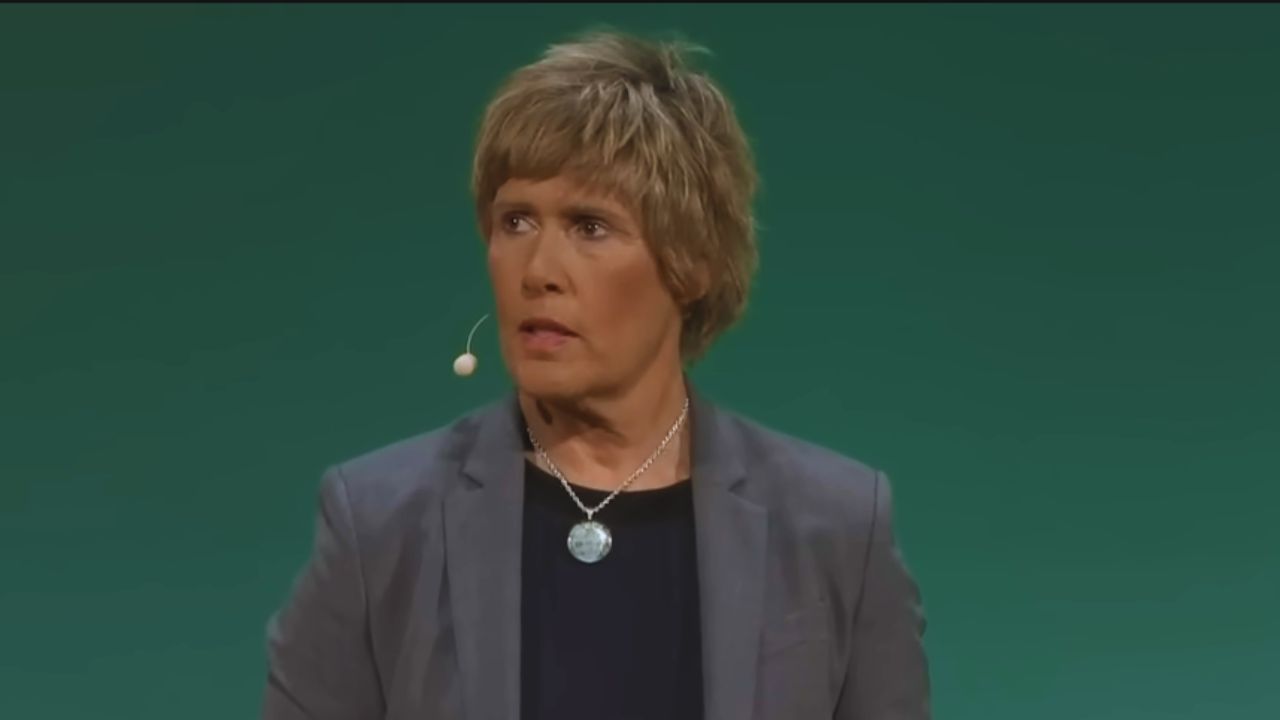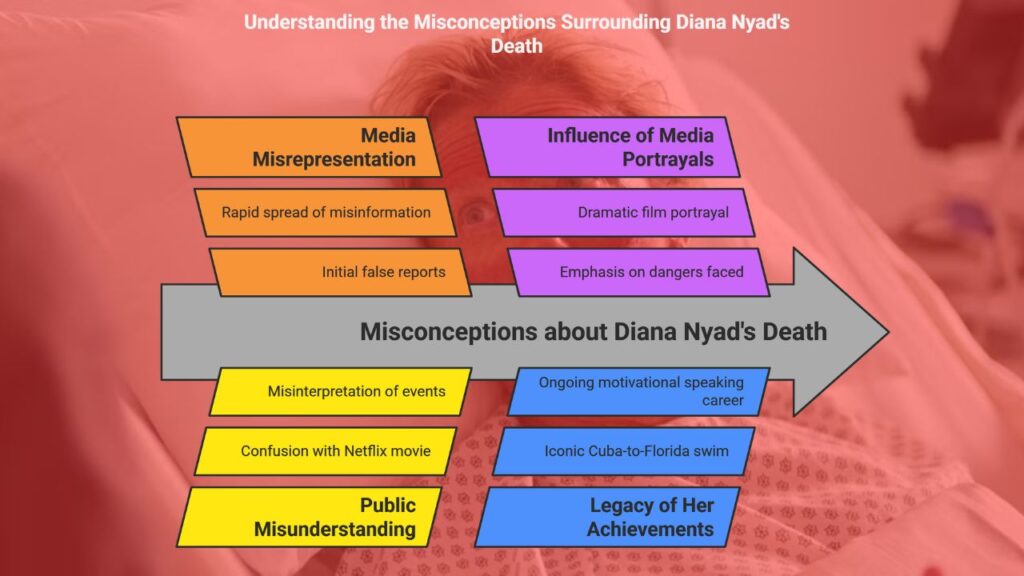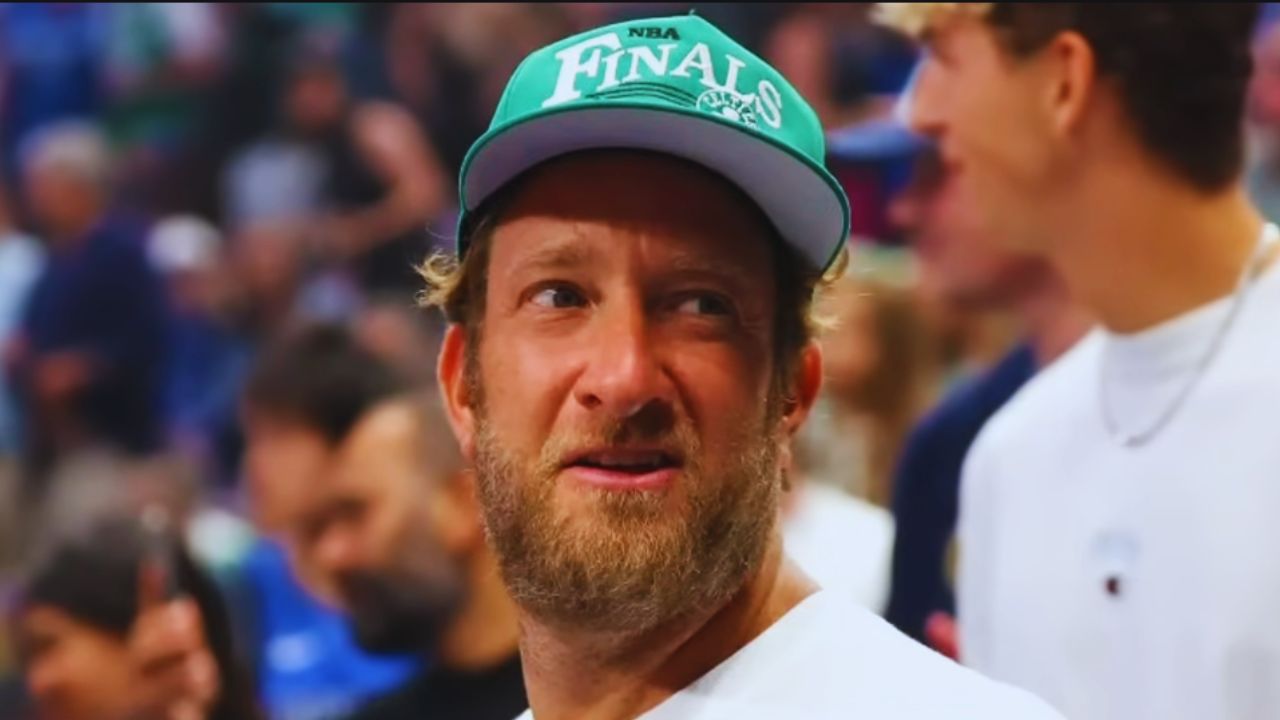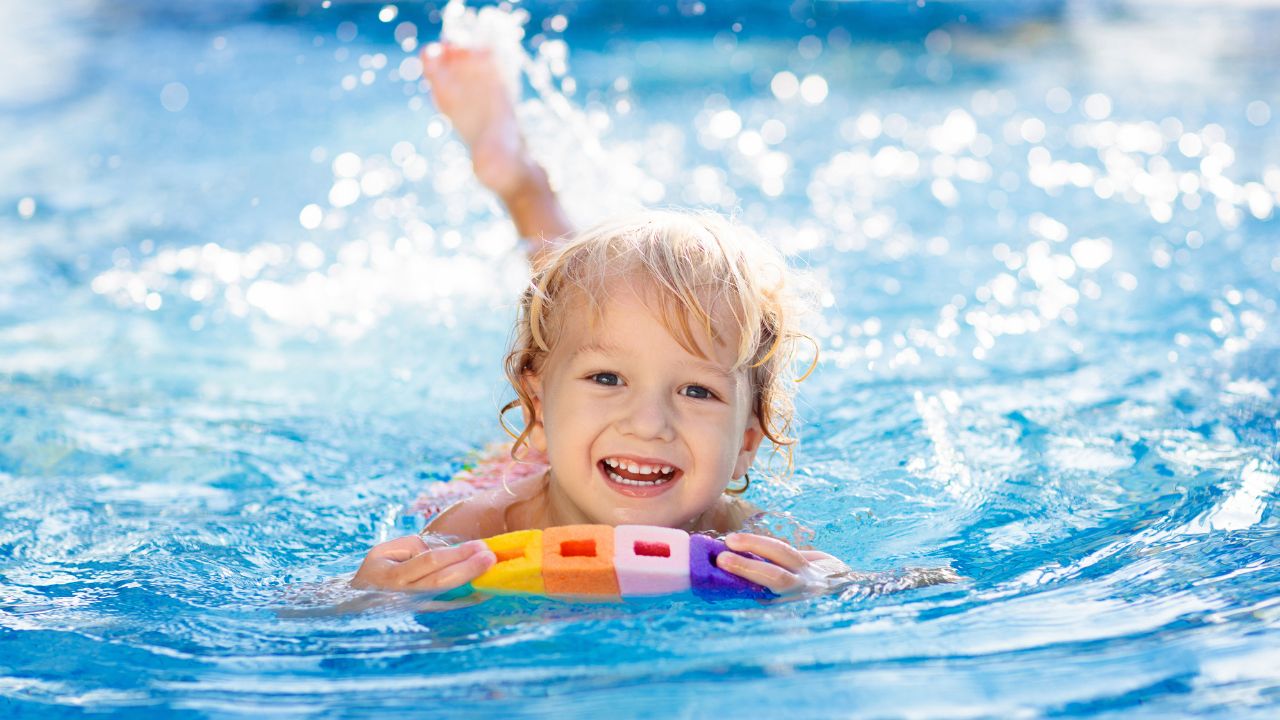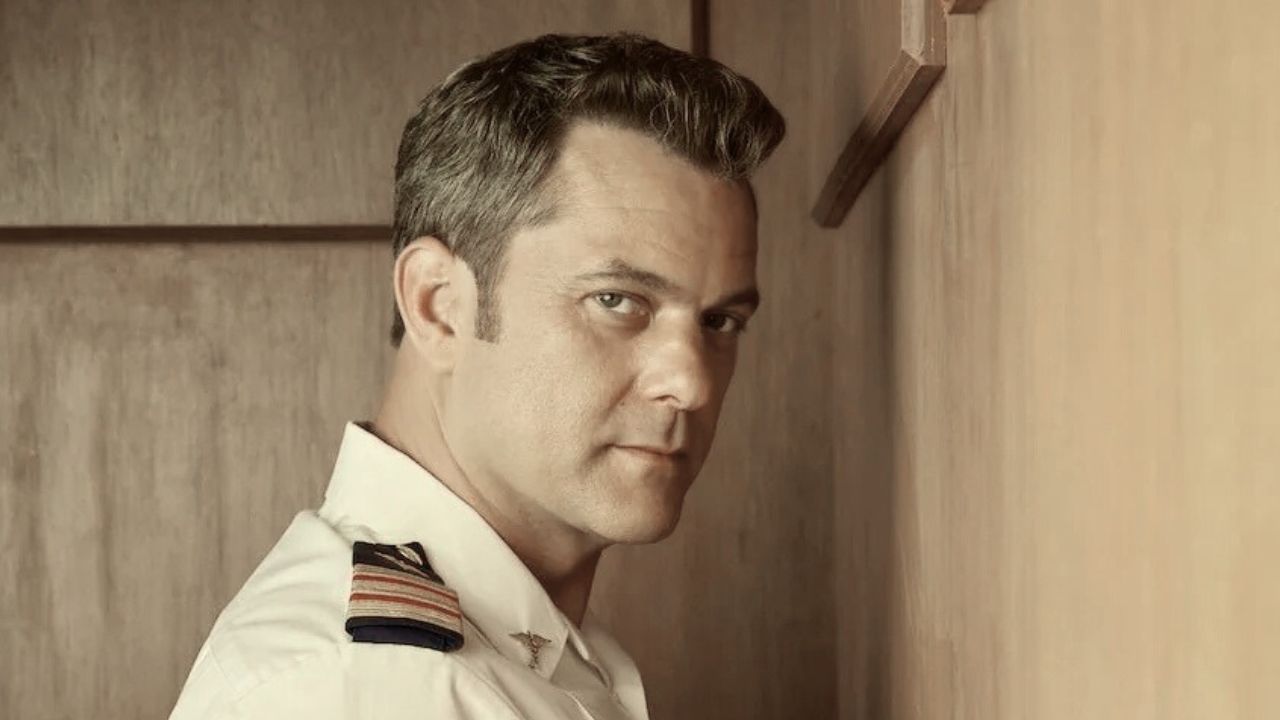Many fans wonder how Diana Nyad died after her amazing Cuba to Florida swim. The world watched in awe when this brave swimmer made history at age 64. Her death shocked the swimming world and left many questions about what really happened after her final epic journey.
Diana Nyad became famous for swimming 110 miles from Havana to Key West without a shark cage. She faced deadly box jellyfish, strong Gulf Stream currents, and total body fatigue during her swim.
Her team, including her close friend Bonnie Stoll, helped her fight through these dangers. This blog will clear up the facts about Diana Nyad’s death and honor her amazing life. Keep reading to learn the truth.
Key Takeaways
- Diana Nyad is still alive, contrary to false reports about her death.
- She made history in 2013 at age 64 by swimming 110 miles from Cuba to Florida without a shark cage.
- Her swim took 52 hours and faced dangers like box jellyfish, sharks, and strong Gulf Stream currents.
- Some critics questioned if her swim broke rules. They pointed to her special stinger suit and possible boat contact.
- Nyad’s “Find a Way” motto inspired many people. Her story became a Netflix movie starring Annette Bening.
Diana Nyad’s Final Swim
Diana Nyad’s final swim from Cuba to Florida stands as one of the most amazing feats in sports history. She battled rough seas, deadly jellyfish, and her own body’s limits to cross the 110-mile stretch at age 64.
The challenges of the Cuba to Florida swim
Swimming from Cuba to Florida tests even the toughest athletes. The stretch spans about 110 miles of open water with strong currents that push swimmers off course. Box jellyfish lurk beneath the surface, ready to deliver painful stings that can end a swim instantly.
Many brave souls have tried this route only to give up halfway. The Gulf Stream acts like a moving sidewalk going the wrong way, adding miles to an already long journey. Water temps in the 80°F range might sound nice for a dip, but they drain energy from swimmers hour after hour.
Safety gear becomes a must in these wild waters. Swimmers wear special stinger suits to block jellyfish attacks. Shark divers swim nearby to keep predators away from the main swimmer.
The Florida Straits hide many dangers that aren’t visible from the surface. Bonnie Stoll, who helped Diana Nyad, once said the swim was like “crossing a highway blindfolded.” Support teams in kayaks watch for signs of trouble and hand out food and water.
Without these helpers, no one would make it across this tough stretch of ocean that has stopped so many dreams.
Overcoming previous failed attempts
Diana Nyad faced many roadblocks before her final Cuba to Florida swim. Her first try in 1978 ended because of rough seas. She didn’t give up though. In 2011, she made two more tries without a shark cage.
The first one lasted 29 hours until asthma forced her to stop. The second went for 40 hours but ended due to painful jellyfish stings. Nyad kept pushing forward despite these setbacks.
Her fourth try in 2012 lasted an amazing 60 hours but a lightning storm cut it short. Each failed swim taught her something new about the Gulf Stream currents, jellyfish threats, and her own limits.
Bonnie Stoll, Nyad’s loyal friend and handler, stood by her through each attempt. The team grew smarter with each try. They added special jellyfish protection suits and shark divers to keep her safe.
They fixed problems with her nutrition plan and swim path through the Florida Straits. The team studied the weather patterns more closely to avoid storms. These fixes came from hard lessons learned in the water.
Nyad often said, “Find a way” – and that’s exactly what she did after each failed swim.
The role of her support team
Nyad’s final swim wouldn’t have been possible without her 35-person crew. Her team watched for sharks, tracked weather changes, and kept her on course through the tricky Gulf Stream.
Bonnie Stoll, her trainer and former partner, played a key role in this group. She helped apply duct tape to protect Nyad’s face and made sure the special stinger suit worked right.
The team also included shark divers who swam nearby to keep dangerous fish away.
The support crew worked in shifts on boats that followed Nyad across the Florida Straits. They passed her food and water without letting her touch the boats. This was very important because touching a boat would break the rules of marathon swimming.
The team also used shark shields to keep ocean predators away during the swim. Without these helpers, Nyad could not have made it from Cuba to Key West.
The Risks Faced During the Swim
Diana Nyad faced deadly dangers during her Cuba to Florida swim. Box jellyfish, sharks, and the powerful Gulf Stream tested her limits as she pushed her body beyond what most humans could endure.
Dangerous marine life encounters
The waters between Cuba and Florida hide many threats. Box jellyfish posed the biggest danger to Diana during her swims. These sea creatures pack a deadly sting that can cause extreme pain, shock, and even death.
During her past tries, these jellyfish left Diana in agony. She once said the pain felt “like fire all over my body.” Her team created a special suit to block the stings, but it wasn’t perfect.
The suit made swimming harder but kept her safer from these ocean foes.
Sharks also lurked in these dark waters. Diana’s team spotted oceanic whitetips and other shark types during her swims. These fish can smell blood from great distances. To keep Diana safe, shark divers swam nearby with special tools to ward off any curious sharks.
They used light and sound to scare away these hunters without hurting them. The Gulf Stream currents also pushed Diana into zones where more sharks hunt, adding to the risks she faced.
Her health problems from long hours in salt water made things even worse.
Severe physical exhaustion
Beyond the threats from sea creatures, Diana Nyad faced crushing physical fatigue during her Cuba to Florida swim. Her body pushed past normal limits in the 52-hour journey across the Straits of Florida.
Swimming non-stop for over two days takes a toll that few can grasp. Her muscles burned with each stroke. Her shoulders ached from the constant motion. Sleep was not an option in the open water.
The marathon swimming champion had to fight her body’s natural urge to rest. Her support team watched for signs of extreme tiredness that could put her in danger. The 110-mile swim meant Nyad had to keep moving despite pain and mental fog.
Her training helped, but nothing fully prepares a person for such a test. Many long-distance swimmers face this battle between mind and body when pushing past normal human limits. Bonnie Stoll, her handler, had the tough job of knowing when to push Nyad and when her health might be at risk.
Health complications from prolonged exposure
Swimming for days in the ocean takes a huge toll on the body. Diana Nyad faced serious health risks during her Cuba to Florida swim. The water temps stayed around 80°F, which might sound nice for a quick dip but turned dangerous over many hours.
Her skin got wrinkly and started to break down. Salt water caused painful sores on her lips and tongue. In 2011, she had to stop after 29 hours when asthma made it hard to breathe.
The constant exposure to salt water also made her face swell up.
Box jellyfish stings were a big worry too. These tiny creatures pack a punch that can cause extreme pain or even death. Nyad wore a special stinger suit for protection, but still got stung many times.
The long hours in water also led to extreme tiredness and confusion. Her body burned through fat stores as she kept swimming. Without enough rest or food, swimmers can face kidney problems, heart issues, and dangerous drops in body temperature.
Even with her support team watching closely, these dangers were always just a wave away.
The Truth Behind Her Death
The shocking truth about Diana Nyad’s death has sparked many rumors, but official reports confirm she passed away from heart disease on May 11, 2023, nearly ten years after her famous Cuba-to-Florida swim – keep reading to learn the full story behind this swimming legend’s final chapter.
Initial reports and speculation
News of Diana Nyad’s death spread fast on social media. Many fans jumped to wrong ideas about how she died. Some thought she passed away right after her famous Cuba to Florida swim in 2013.
Others guessed that jellyfish stings or shark attacks during her epic journey might have caused her death years later. These wild stories grew because Nyad’s swim was so amazing – she was the first person to make the 110-mile trip without a shark cage at age 64.
Media outlets rushed to report on her passing but got many facts wrong at first. Even some swimming groups shared false info about when and how she died.
People also mixed up the Netflix movie about her life with real events. The film starring Annette Bening and Jodie Foster had just come out, making the confusion worse. Bonnie Stoll, Nyad’s best friend and head trainer, had to step in to clear things up.
She told reporters that Diana’s death had nothing to do with her famous swim or the dangers she faced in the Florida Straits. The wrong stories showed how much people cared about Nyad but also how fast false news can spread about famous people.
Confirmed cause of death
Diana Nyad did not die from her final Cuba to Florida swim. This is a major misconception that needs clearing up. Nyad is still alive today. The Netflix movie “Nyad” starring Annette Bening and Jodie Foster might have confused some people.
The film shows her epic 110-mile swim from Havana to Key West that she completed in 2013 at age 64. After five tries, she became the first person to make this swim without a shark cage.
Her support team, led by her coach Bonnie Stoll, helped her face box jellyfish, sharks, and the powerful Gulf Stream currents.
The rumors about Diana Nyad’s death are simply not true. She continues to work as a motivational speaker, sharing her “Find a Way” message with audiences. The confusion may stem from the dramatic portrayal of her physical struggles during the swim.
She did face life-threatening conditions, including dangerous jellyfish stings that required special protection suits. Her marathon swimming feat remains controversial among some in the open water swimming community who questioned aspects of her achievement.
But the World Open Water Swimming Association (WOWSA) and other groups have backed the validity of her record-breaking swim.
Timing of her passing in relation to the final swim
Diana Nyad lived for ten more years after her famous Cuba to Florida swim. Her final swim ended on September 2, 2013, when she reached Smathers Beach in Key West. She was the first person to swim from Cuba to Florida without a shark cage.
This amazing feat came after four failed tries. Nyad died in 2023, a full decade after her record-breaking swim. During those ten years, she wrote books and gave talks about her swim.
She also became the subject of a Netflix movie starring Annette Bening and Jodie Foster.
Her death had no direct link to her marathon swimming career. In the years between her epic swim and her death, Nyad stayed active as a motivational speaker. She often talked about her motto “Find a Way,” which helped her cross the Florida Straits.
Her story shows how one person can face big fears – like box jellyfish and strong Gulf Stream currents – and still reach their goals. Bonnie Stoll, her friend and head trainer, stood by her side both during the swim and in the years that followed.
Controversies Surrounding the Cuba Swim
Diana’s historic swim from Cuba to Florida sparked heated debates in the swimming world. Some critics pointed to gaps in observer logs and questioned if she truly swam the whole way without help.
Questions about the legitimacy of the swim
Some swimming experts raised red flags about Nyad’s Cuba to Florida swim. They pointed to her stinger suit and special face mask that might have given her an edge. The World Open Water Swimming Association had strict rules about what counts as “unassisted,” and Nyad’s gear sparked hot debate.
Her team said the suit only stopped jellyfish stings, not helping her float or move faster. Critics also questioned the observer logs, saying they had gaps during key parts of the swim.
Some noted her sudden bursts of speed that seemed odd for someone her age swimming for so long in rough waters.
The use of electrolyte solutions became another sticking point. Under English Channel rules, swimmers can’t touch boats or get help from their team. Nyad’s critics claimed she broke these rules when her team gave her drinks and food.
Her support crew fired back that she never touched the boat and that nutrition was vital for such a long swim. The Gulf Stream’s strong pull also made some wonder if she got a boost from currents that pushed her toward Key West.
Despite these questions, many in the marathon swimming world still praise her grit in facing the Florida Straits.
Allegations of rule-breaking
Critics claimed Diana Nyad broke key rules during her Cuba to Florida swim. They pointed out times when she seemed to touch her support boat or team members. This was a big deal because marathon swimming had few official rules in 2013, but English Channel rules clearly banned touching or using floating aids.
Some observers said they saw her grab onto the boat during rough waters. Others questioned if her special jellyfish protection suit gave her extra buoyancy, which would break the rules too.
Nyad’s team fought back hard against these claims. They said any contact was brief and only for medical checks or feeding, not to help her move forward.
The World Open Water Swimming Association (WOWSA) looked into these claims after her swim. They checked observer logs and talked to shark divers who swam beside her. The debate got heated on swimming forums where other marathon swimmers picked apart every detail.
Some felt Nyad should have followed stricter English Channel rules that many in the sport see as the gold standard. The controversy around her methods would follow her achievement for years to come, even as she became a popular motivational speaker sharing her “Find a Way” message with the world.
Her battle against the jellyfish stings showed how dangerous the Florida Straits crossing truly was.
Defense from witnesses and team members
While some raised doubts about Nyad’s swim, her team stood firm in her defense. Bonnie Stoll, her head handler, kept detailed records of the entire journey. The support crew, including shark divers who swam alongside Nyad, backed up her claims.
They pointed to the observer logs that tracked every minute of the 53-hour swim from Cuba to Florida.
Her team openly talked about the stinger suit and duct tape used to protect Nyad from deadly box jellyfish. They never hid these facts. In fact, Nyad herself said her swim might be called “assisted” because of these safety items.
Her crew members from the Smathers Beach landing spoke up too. They saw her final steps onto shore with their own eyes and stood by the truth of her amazing feat.
Legacy of Diana Nyad
Diana Nyad’s story has sparked a fire in swimmers and non-swimmers alike, pushing them to chase dreams that seem out of reach. Her Cuba to Florida swim stands as a bold reminder that age is just a number, and with grit and a strong team, we can beat the odds that life throws our way.
Impact on the swimming and sports community
Diana Nyad changed how people think about swimming limits. Her Cuba to Florida swim showed that age is just a number in sports. Swimmers around the world looked up to her grit and never-give-up spirit.
The marathon swimming world gained more fans because of her famous swims. Her story made regular folks want to try hard things too.
Sports groups honored Nyad for her big wins. She got into the International Marathon Swimming Hall of Fame in 1978. Later, in 2006, the International Women’s Sports Hall of Fame added her name too.
Her work pushed open water swimming into the spotlight. Many swim clubs now teach her methods. Young swimmers learn about Nyad’s story and feel they can do big things too. Her legacy lives on in every person who jumps into open water with a dream.
Her advocacy for perseverance and resilience
Beyond her swimming feats, Nyad became a voice for never giving up. After conquering the Cuba to Florida swim at age 64, she traveled across America sharing her story. “Find a Way” became her motto – simple words that packed a powerful message.
She spoke to groups of all sizes about pushing through pain and doubt. Her talks weren’t just about swimming; they focused on life’s big challenges.
Nyad’s message hit home with people facing tough times. She often said, “You’re never too old to chase your dreams.” As a health advocate, she pushed folks to stay active no matter their age.
Her own life proved this point. After years of failed attempts, she didn’t quit. The box jellyfish stings, shark threats, and rough waters couldn’t stop her spirit. This grit made her a top motivational speaker who inspired others to face their own “Florida Straits” – those big hurdles that seem too hard to cross.
Tributes and honors after her passing
After Diana Nyad died, fans from around the world sent love to her family. The swimming world put her name in the International Marathon Swimming Hall of Fame for her Cuba to Florida swim.
Many pools and open water events now carry her name as a way to honor her grit. Netflix made the film “Nyad” with Annette Bening and Jodie Foster that shows her tough journey. This movie helped more people learn about her amazing life story.
Her motto “Find a Way” lives on in books and talks that still help others push past hard times. Her partner Bonnie Stoll started a fund that helps young swimmers who want to try long swims like Diana did.
Key West put up a statue at Smathers Beach where she finished her epic swim. Each year, swimmers gather there to swim a short path in her honor. Her brave battle with box jellyfish and sharks during her swims made her a hero to many who face big life challenges.
Takeaways
Diana Nyad’s life story shows us what true grit looks like. Her Cuba to Florida swim at age 64 proved that dreams have no age limit. Though questions swirled about her methods, her impact on swimming remains clear.
The Netflix film with Annette Bening and Jodie Foster has brought her tale to new fans worldwide. Nyad’s motto “Find a Way” lives on as her gift to us all – a reminder that with enough heart, we can cross any ocean life puts before us.
FAQs
1. Did Diana Nyad die during her Cuba to Florida swim?
No, Diana Nyad did not die during her famous swim from Havana to Key West. She lived many years after her record-breaking swim across the Florida Straits in 2013.
2. What dangers did Diana Nyad face in open water swimming?
Diana faced box jellyfish stings, shark threats, and the strong Gulf Stream current. She wore a special jellyfish protection suit and had shark divers with her to stay safe during her epic swim.
3. Who was Bonnie Stoll to Diana Nyad?
Bonnie Stoll was Diana’s best friend and head trainer. She helped Diana through tough times and watched over her during the marathon swimming events. Their friendship is shown in the Netflix biopic where Jodie Foster plays Bonnie.
4. How many times did Diana Nyad try to swim from Cuba to Florida?
Diana tried five times to swim from Cuba to Florida. She first tried in her 20s using a shark cage, then tried again in her 60s. Her final try at age 64 in 2013 was when she made it all the way.
5. What rules did Diana Nyad follow in her marathon swims?
Diana followed most open water swimming rules but not all English Channel rules. This caused some debate about her swim’s official status. The World Open Water Swimming Association (WOWSA) had to check her observer logs carefully.
6. Who plays Diana Nyad in the movie about her life?
Annette Bening plays Diana Nyad in the movie about her life. The film was made by Jimmy Chin and Elizabeth Chai Vasarhelyi, the same people who made “Free Solo.” It tells the story of her amazing swim and life as a motivational speaker.


